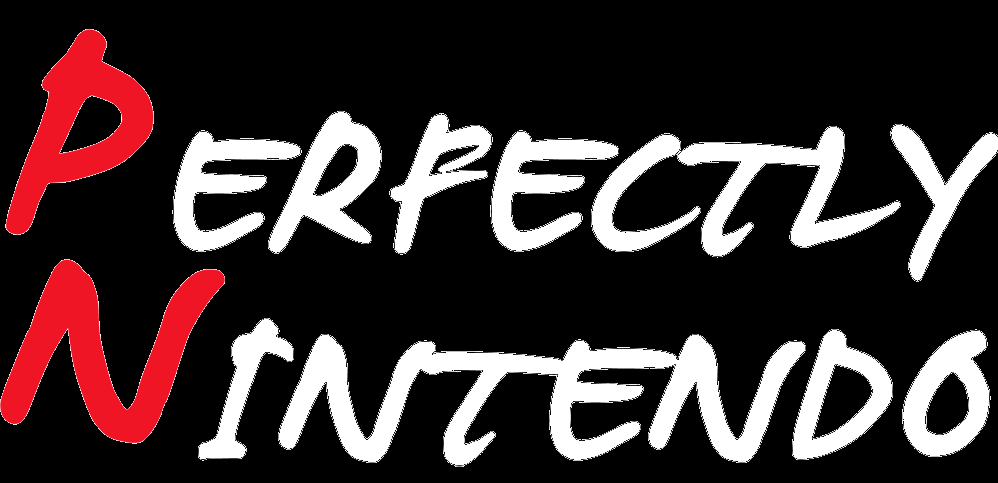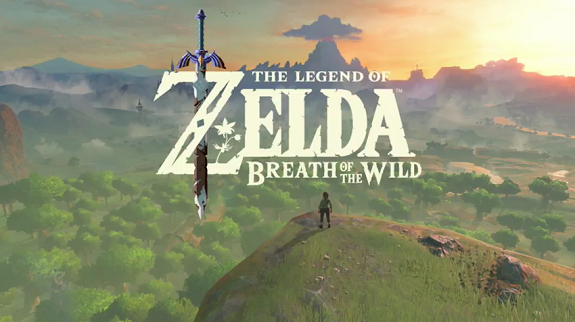The Legend of Zelda: Breath of the Wild – Aonuma on dev team size, Skyrim inspiration, the shrines
Update: want more The Legend of Zelda: Breath of the Wild goodness from Eiji Aonuma? Then check out this series of Q&A from Nintendo France! There’s also that interview with Jeux-Vidéos.com about porting the game to the Nintendo Switch, The Wind Waker references, and more. As for the interview with Gamekult, it’s about placing elements on the map, physics engine shenaningans, Monolith Soft., playtesting, Fumito Ueda, and a lot more. Eiji Aonuma also talks about what sets Nintendo games apart from the competition and Zelda in VR in this interview.
The Legend of Zelda: Breath of the Wild – Eiji Aonuma interview
Last week, French publication Le Monde published a rather lengthy interview with Eiji Aonuma about The Legend of Zelda: Breath of the Wild, where we got some really interesting details about the game and its development.
In the interview, Eiji Aonuma reveals that the development team for The Legend of Zelda: Breath of the Wild was made of roughly 300 people, and that it took them about 4 years to make the game. We can assume that number is only for the core team at Nintendo, and that it doesn’t include any assist teams (like Monolith Soft., for example).
Regarding fan feedback, Aonuma admits that he mostly listens to Japanese fans. But it’s not due to a bias against western players, it’s just that feedback from Japanese players is, quite naturally, in Japanese, so he can process it without any “filters” (for overseas fans, feedback comes through the localisation teams). Naturally, he tries to listen to players from all around the world, as not everyone is asking for the same things.
For example, he mentions how feedback showed that players in North America generally didn’t like when you need to upgrade your abilities to progress in a game (like in the Monster Hunter series).
For Eiji Aonuma, The Legend of Zelda: Breath of the Wild will be a key game in the Zelda series. The main reason for that is that, until now, the norm in game design was to have areas linked to each other via small paths, where the player only goes through and doesn’t do much else.
But plenty of people were craving for more freedom, despite game designers’ belief that fun was to be found in linearity. That’s why The Legend of Zelda: Breath of the Wild takes cues from the original Zelda game, and throws people into a wide world that they can explore freely. (Should we take that as a sign that all future main Zelda games will be open-world?)
When asked whether the development team ever thought of adding XP and leveling up in The Legend of Zelda: Breath of the Wild, Eiji Aonuma replies that they never thought of doing that. Instead, they chose to go with the weapon system that we’ve already seen so many times since E3 2016: players “power up” by finding weapons (generally from enemies).
To get strong weapons, players have to use their wit, and various other tricks. And since weapons can break, you regularly have to get new ones. According to Aonuma, that’s how the development team chose to deal with players’ progression through the game without resorting to XP and other similar systems.
Back in September, Serge Hascoët (Creative Director at Ubisoft) compared The Legend of Zelda: Breath of the Wild to Far Cry or Assassin’s Creed, though with a slower character. After hearing this, Aonuma apparently burst out laughing, hoping that Serge Hascöet wasn’t talking about animation speed.
He went on to explain that Link’s speed is adapted to the game. There’s a lot of things hidden in the world, and while it’s true that you can run around at top speed, it’s not really recommended to do so, as you would be missing lots of things.
In the past, Eiji Aonuma often talked about Skyrim as a source of inspiration for Zelda games, and in that interview, he explains which element in particular caught his interest. What he really liked in that game was the surprise of finding new towns while exploring the world, seeing for himself how different they were from each other.
It’s that very feeling, the very sensation of discovering new places, that he wanted to transcribe to Zelda, though not in the exact same way as Skyrim. It’s for that reason that players can climb wherever they want, see an interesting place in the distance, and go there to check out for themselves.
About the shrines, Eiji Aonuma reminds us that there’s over 100 of them, and if they were long and complex (like regular dungeons in prior Zelda games), then players would never have finished the game. It’s for this very reason that they chose to make them a reward in themselves, rather than a trial.
The real fun lies in finding all those shrines, especially since some of them are said to be really well hidden. Naturally, there’s also some that are quite bigger and more complex than others, more akin to traditional dungeons from previous Zelda games (complete with the traditional boss battles).
However, there’s no more “themed” dungeons: if a shrine is found in a forest, it will not necessarily have a forest theme [tl note: this is meant to say dungeons/shrines found in an area do not necessarily have a theme based on that area, not that there are no dungeons or themed dungeons in the game period].
Instead, shrines have been designed to have Link progress through the game, and were all made using a similar base, but using the physic engine to create stimulating puzzles.
Regarding architecture in Zelda games, the designers never really take inspiration from real world places. What they do is take little bits of architecture from all around the world, in order to tell the story the want to tell. For example, if they want a temple to be really temple-like in its design, then they will take a look at various temples (same for castles, etc.).
The only exception was The Legend of Zelda: Ocarina of Time. Since it was the first time they built Hyrule in 3D, so they went for continuity whenever possible.
As for the recurring elements in various Zelda games (such as the Temple of Time in The Legend of Zelda: The Wind Waker or Breath of the Wild), the main reason for their inclusion isn’t actually nostalgia. Eiji Aonuma explains that since they’re making games set in Hyrule, it does make sense to take elements from previous games, in order to have something coherent.
That being said, The Legend of Zelda: Breath of the Wild is a bit different. Since the world is so vast, the team did pick up elements from previous Zelda games, that players had played and therefore would recognise.
The interview then moves on The Legend of Zelda: The Wind Waker, one of the first Zelda games that Eiji Aonuma directed. At launch, the game was criticized for having a child-like art style, and a rather empty world, and the interviewer asked Aonuma whether The Legend of Zelda: Breath of the Wild was his way to finally give fans what they wanted 15 years ago.
Aonuma replies that with The Legend of Zelda: The Wind Waker, he wanted to have more islands, but that they had to deal with the technical limitations of the time. That being said, they didn’t really use those criticisms as base for The Legend of Zelda: Breath of the Wild, though in the end, this new Zelda game eventually does offer what fans had been asking for back in 2002/3.
As for the art style of The Legend of Zelda: Breath of the Wild, it’s not really a reference to The Legend of Zelda: The Wind Waker. The reason the team went with that particular style is because simplified visuals make objectives much easier to see in such a wide world. Aonuma also mentions Japanese animation, something all the Nintendo designers grew up with, which is one of the strengths and specifities of Japanese video games.
Finally, Eiji Aonuma reveals that he stopped leaving messages to his son in his games (like the dialogue lines with the King of Red Lions in The Legend of Zelda: The Wind Waker), for one simple reason… his son told him that he had grown up, and had enough of them.
He personally insisted to be the one writing the lines for the old man you meet at the very beginning of the game, because it’s literally the very first character Link meets after waking up. He wanted to be, in a way, the very first person to talk to the players in the game.
Source: Le Monde
The Legend of Zelda: Breath of the Wild – Official guide
Here’s the product description for the official The Legend of Zelda: Breath of the Wild, which reveals some… interesting details about the game (no wonder the product page was then pulled from Amazon! Be warned though, the details below may be considered as spoilers, though there’s nothing story-related in there):
- AT-A-GLANCE WALKTHROUGHS: Annotated maps and screenshots show you the way through every quest and dungeon.
- UTTERLY COMPREHENSIVE: 120 Shrine mini-dungeons, 900 Korok seed puzzles, 76 side quests all mapped out and ready for you to discover and complete! Also includes optional challenges, mini-games, unlockables, Easter eggs, and more.
- PUZZLE MASTER: Every single puzzle and riddle unraveled with clear, visual solutions.
- EXPERT COMBAT STRATEGY: Practical, reproducible tactics to crush your enemies, even the toughest bosses.
- COMPREHENSIVE REFERENCE: Exhaustive appraisals of all items and monsters including key parameters that are hidden in the game.
The Legend of Zelda: Breath of the Wild (Wii U, Switch) comes out on March 3rd, worldwide.

